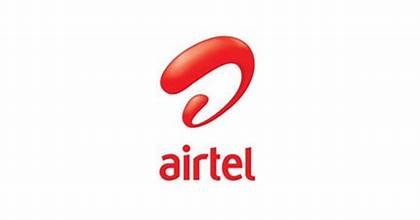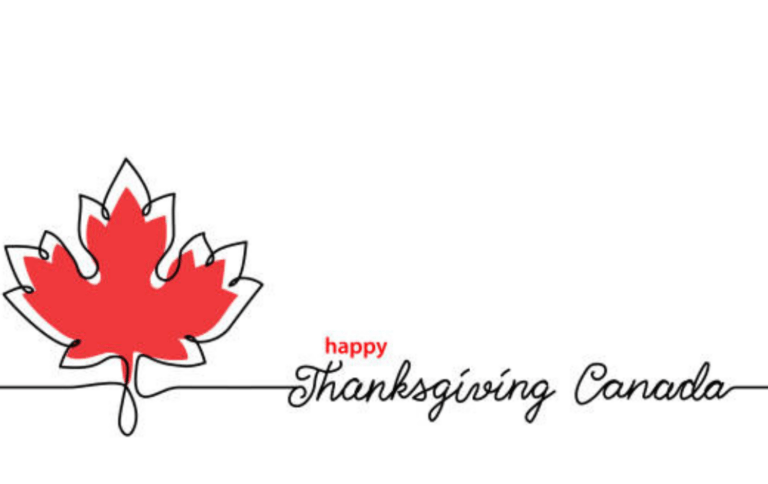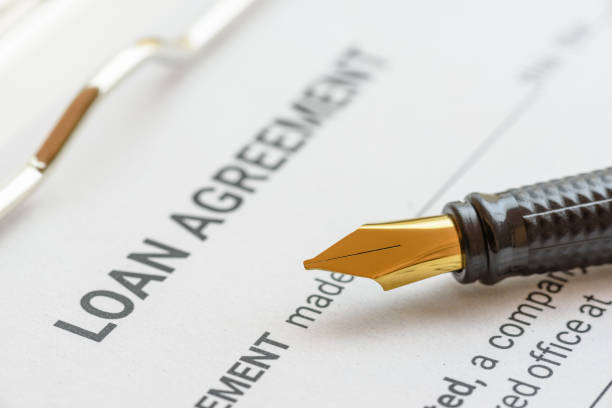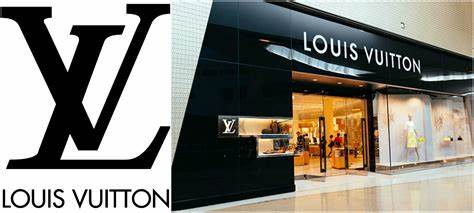How to Request Seller Verification on Facebook Marketplace – FB Marketplace
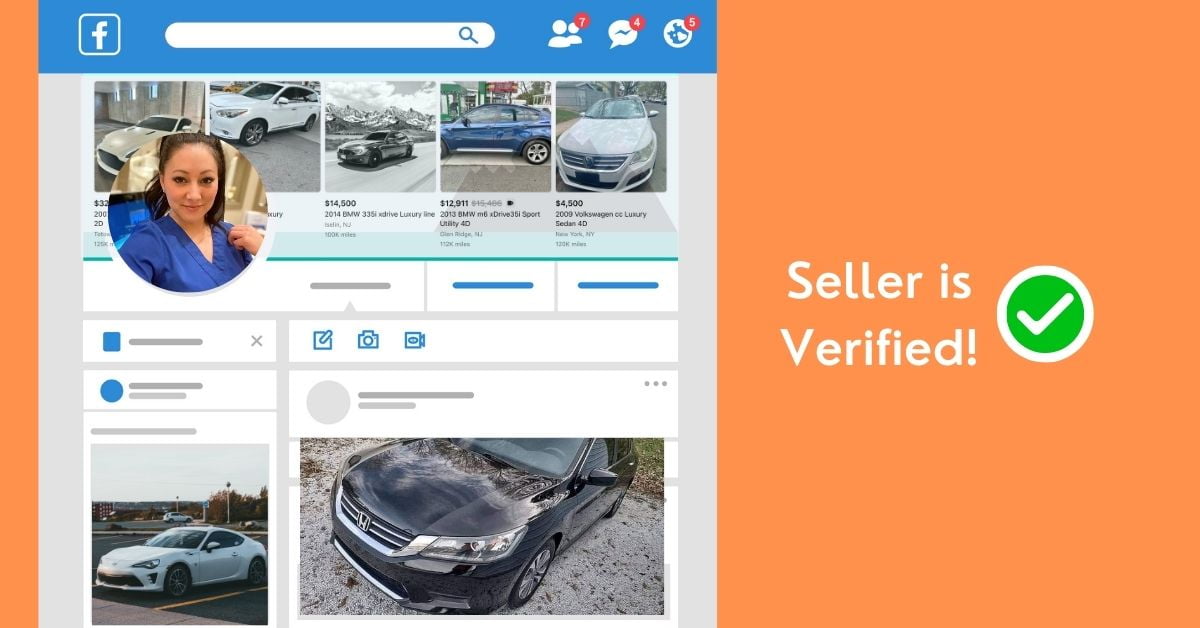
When engaging in transactions on Facebook Marketplace, ensuring the identity and ownership of the seller is crucial for a safe and secure experience. Verifying these details helps build trust and minimizes the risk of potential scams. Here’s a guide on how to request a seller to verify their identity and ownership of the item:
10 Steps to Request Seller Verification on Facebook Marketplace
The following 10 steps, if followed judiciously, will help you request seller verification on Facebook Marketplace in order to build trust and successfully purchase the item of your choice.
1. Initiate Communication
Begin by initiating communication with the seller through Facebook Messenger. Once you express interest in the item, proceed to ask questions and gather more information about the product.
2. Ask for Additional Photos
Request additional photos of the item from different angles. Ask for specific details that would be challenging for someone other than the legitimate owner to provide. For example, you can ask for a photo of a unique feature or a close-up shot of a serial number.
3. Seek Information Only the Owner Would Know
Ask questions about the item’s history, usage, or any unique characteristics it may have. Legitimate sellers who are the true owners of the item should be able to provide specific details that only someone intimately familiar with the item would know.
4. Request Proof of Purchase or Ownership
Politely ask the seller for proof of purchase or ownership. This could include a receipt, invoice, or any documentation that validates their claim of ownership. Genuine sellers should be willing to share this information to instill confidence in the buyer.
5. Video Call or Live Demonstration
Suggest a video call or live demonstration of the item. This way, the seller can showcase the product in real-time, proving that they physically possess it. During the call, ask them to show various aspects of the item to confirm its condition and authenticity.
6. Check Facebook Profile Information
Examine the seller’s Facebook profile for additional information. Look for indicators that the profile has been active for a reasonable period, has friends, and shows consistent activity. Scammers often use newly created or inactive profiles.
7. Use Facebook’s Verification Features
Encourage the seller to use Facebook’s verification features. Facebook allows users to verify their identity by providing additional information and adding a verification badge to their profile. Although not foolproof, this adds an extra layer of authenticity.
8. Check for Mutual Friends or Connections
Check if you have mutual friends or connections with the seller. Shared connections can provide additional assurance of the seller’s legitimacy. Reach out to mutual friends discreetly to confirm the seller’s identity if needed.
9. Visit the Seller’s Location
If feasible and safe, consider visiting the seller’s location to inspect the item in person. This is especially relevant for larger purchases. Arrange a meeting in a public place and bring a friend or family member for added security.
10. Trust Your Instincts
Above all, trust your instincts. If something feels off or if the seller is unwilling to provide reasonable verification, proceed with caution. It’s better to walk away from a potential transaction than to risk falling victim to a scam.
Read more on A Step-by-Step Guide on How to Buy Second-Hand Cars on Facebook Marketplace.
Conclusion
Requesting seller verification on Facebook Marketplace is a reasonable and necessary step to protect yourself from potential scams on FB Marketplace. Genuine sellers who are committed to a fair and secure transaction should be understanding and willing to provide the requested information. By taking these precautions, you contribute to a safer and more trustworthy online marketplace experience.

